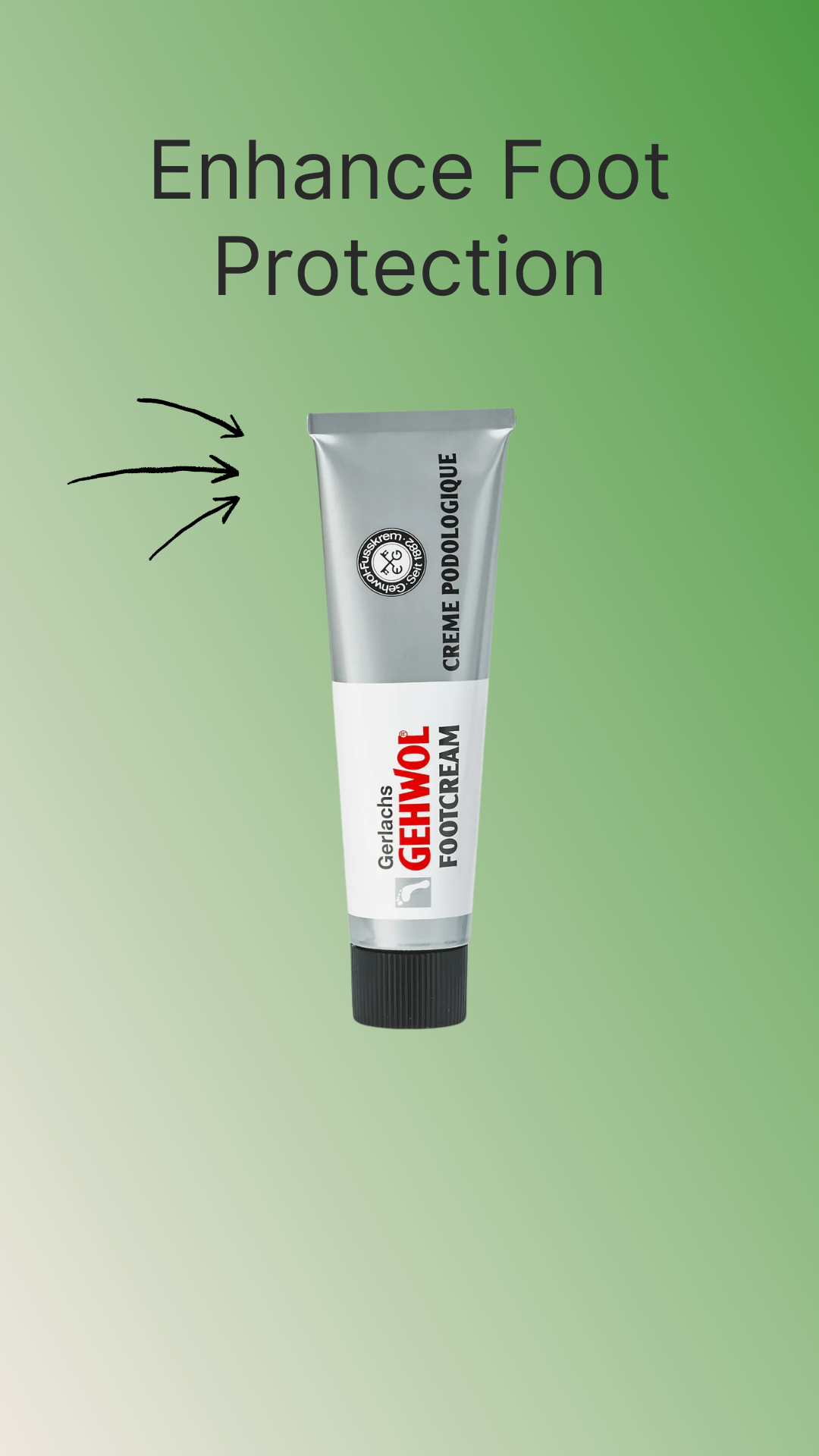Introduction
Most people only start thinking about orthopedic shoes after pain begins — but what if you could stop foot problems before they ever develop?
Everyday habits like standing for long hours, wearing tight trainers, or walking in unsupportive flats slowly strain your feet. Over time, this can lead to bunions, plantar fasciitis, collapsed arches, or chronic fatigue.
Investing in orthopedic shoes early is like giving your feet insurance for the future. Designed to support alignment, improve balance, and absorb shock, they keep your feet healthy and your posture strong — no matter your age.
Key Takeaways
-
Orthopedic shoes prevent common foot problems before they start.
-
Proper arch and heel support improves posture and balance.
-
Cushioning and rocker soles reduce stress on joints.
-
Early investment saves pain — and money — long term.
Everyday Foot Stress You Might Not Notice
You don’t need to be in pain to have foot strain. Small daily stresses slowly wear down your feet over time.
Common causes include:
-
Wearing flat or hard shoes with no arch support.
-
Spending long hours standing at work.
-
Walking on hard surfaces (pavements, tile floors).
-
Using narrow shoes that squeeze the toes.
-
Aging — natural arch collapse and muscle weakening.
The result? Micro-fatigue builds up. Without proper support, your feet overcompensate, eventually leading to inflammation or misalignment.
The Role of Orthopedic Shoes in Prevention
1. Supporting Natural Alignment
Orthopedic shoes are built around anatomically shaped footbeds that mimic your foot’s natural curve.
They distribute weight evenly and keep your arches lifted, preventing overpronation (when feet roll inward) — a major cause of knee, hip, and back pain.
2. Reducing Pressure & Impact
The cushioned midsoles absorb the shock that travels up your legs with every step. This not only prevents heel pain and plantar fasciitis but also protects joints from long-term wear.
3. Improving Circulation
Tight or rigid shoes restrict blood flow. Orthopedic shoes use soft natural materials and flexible designs that promote healthy circulation — crucial for preventing swelling or fatigue.
4. Encouraging Correct Posture
Foot misalignment affects your entire body. By stabilising your feet, orthopedic shoes realign your spine and hips, reducing tension in your lower back and shoulders.
5. Adapting to Changes Over Time
Our feet change shape throughout life — especially with weight shifts, pregnancy, or aging. Orthopedic shoes with adjustable straps, removable insoles, and multiple widths adapt easily, ensuring ongoing comfort and protection.

Common Problems You Can Prevent with Orthopedic Shoes
| Condition | How Orthopedic Shoes Help |
|---|---|
| Bunions | Wide toe boxes stop pressure and friction. |
| Plantar Fasciitis | Heel cushioning and rocker soles absorb shock. |
| Flat Feet | Built-in arch support maintains alignment. |
| Heel Spurs | Soft midsoles reduce impact on heel tissue. |
| Neuropathy or Numbness | Seamless interiors prevent rubbing or wounds. |
| Swelling (Edema) | Adjustable fit accommodates changes in foot size. |
The Long-Term Benefits of Early Use
Better Posture & Balance
Supporting the feet improves body alignment, reducing long-term musculoskeletal issues.
Pain Prevention
Proper cushioning stops stress injuries before they develop.
Improved Mobility
When walking feels effortless, you stay active longer — key for healthy aging.
Lower Healthcare Costs
Preventing problems early means avoiding costly treatments or custom orthotics later.
Everyday Examples
The Active Professional
Teachers, retail workers, and healthcare staff spend hours on their feet. Orthopedic shoes relieve pressure and prevent fatigue, keeping energy levels up.
The Fitness Walker
For those who walk daily, proper shock absorption keeps joints protected and stride natural.
The Traveller
Long airport walks or sightseeing days are easier with lightweight orthopedic shoes that support circulation.
The Preventive Planner
Even without pain, wearing supportive shoes a few hours daily strengthens foot muscles and builds better alignment.
Tips for Choosing Preventive Orthopedic Shoes
-
Start early: Don’t wait for symptoms to appear.
-
Prioritise support: Arch and heel stability over soft cushioning alone.
-
Choose breathable leather: Keeps feet cool and hygienic.
-
Opt for removable insoles: Allows for personal orthotics later if needed.
-
Test comfort indoors: Proper support should feel balanced, not stiff.
FAQs
Q: Are orthopedic shoes only for people with foot problems?
No — they’re perfect for preventing problems, not just treating them.
Q: Will orthopedic shoes feel different from normal trainers?
Yes, they may feel more structured at first, but that support is what keeps your feet aligned and fatigue-free.
Q: How often should I wear them to see benefits?
Even wearing them for a few hours daily reduces long-term stress and improves posture.
Q: Can they help with knee or back pain?
Absolutely — better foot alignment directly improves knee and spinal alignment.
Final Thoughts
Preventing foot pain is far easier than treating it later. Orthopedic shoes are an investment in long-term health, protecting your feet from the strain of daily life.
By improving alignment, cushioning each step, and maintaining natural balance, they help you stay active, confident, and comfortable — today and for years to come.
Your future self will thank you for it.



